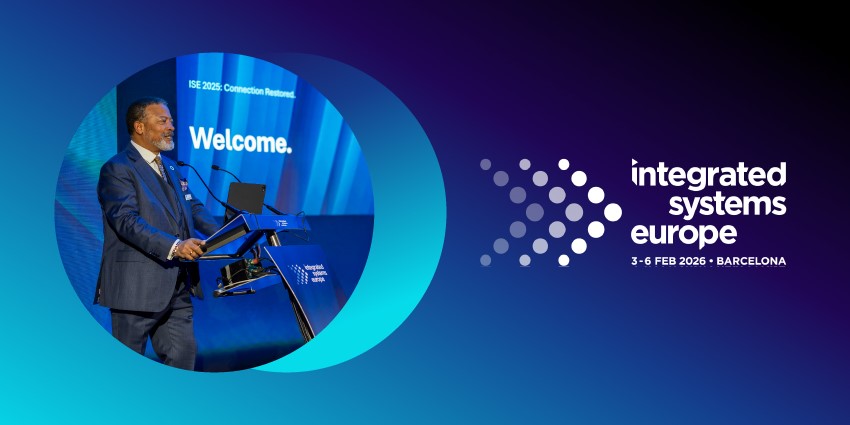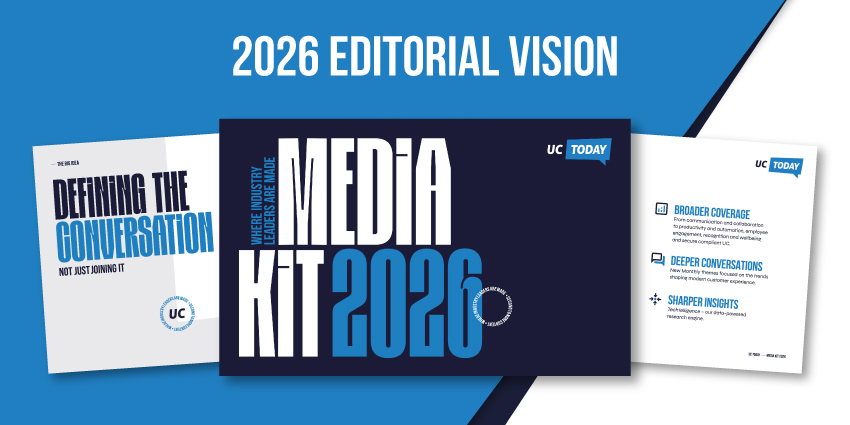Microsoft has been criticised for its decision to retire Office 365 connectors within Microsoft Teams.
Many users are currently reliant on these connectors, which are used to integrate workflows into Teams channels and now there is a feeling that the rug has been pulled from under them.
With only three months to switch to Power Automate in order to continue to maintain the same link between these communications systems, some are finding this a daunting or impossible challenge.
- Microsoft Teams Camera Not Working? 8 Ways to Fix it
- Adding Value Made Simple: Unlocking the True Potential of Microsoft Teams
- Microsoft Teams News JULY Update (2024)
In a blog post earlier this month, Microsoft provided its reasons behind the move: “Power Automate workflows not only offer a much deeper catalogue of Office connectors, but also ensure that your integrations are built on an architecture that can grow with your business needs and provide maximum security of your information.
“These changes are aligned to the Microsoft Secure Future Initiative, and our company-wide priority to safeguard our customers from cyber threats.
“Users currently utilising Office 365 connectors should transition to Power Automate to maintain smooth operation of their services.”
Microsoft explains in its post, co-authored by Connor Rodewald, Senior Product Manager at Microsoft Teams and Trent Hazy, Product Lead, Workflow Automation at Microsoft Teams, that all new Connectors will be blocked from August 15th, 2024, and all connectors will be switched off from October 1st, 2024.
It assures users that they can migrate their existing Office connectors to its Power Automate ‘Workflows app’ in Microsoft Teams so that they can continue to enjoy the benefits of workflows, including time savings, reduced number of mistakes, and productivity upgrade.
‘A Greedy Cash Grab’?
The problem is not only about businesses’ ability to respond to Microsoft’s ultimatum, but that Power Automate will not actually be a straight swap, with users already finding problems on the platform that did not exist in Office 365 connectors.
Users a quickly filling in the blanks as to what could have motivated Microsoft to cut these connectors.
One comment on Microsoft’s blog post said “this comes across as a greedy cash grab” as users are now forced to replace the integrations that they have become dependent on with “yet another premium license”.
Another wrote that “it sounds like this may be a downstream consequence of the EU antitrust case against Microsoft’s Teams-365 bundling”, which began in July last year.
Another also pointed out that two of the next three months are peak holiday season so this will coincide with a lot of staff being away on annual leave.
To make matters worse, one of the crucial links in the blog post is returning an error message and no one at Microsoft is responding to these concerns.
So far, you would be forgiven for characterising this move as being like hurling a grenade into a pool of users and running.
We will see what Microsoft chooses to do from here, but burying its head in the sand appears to be leaving users to assume the worst.







